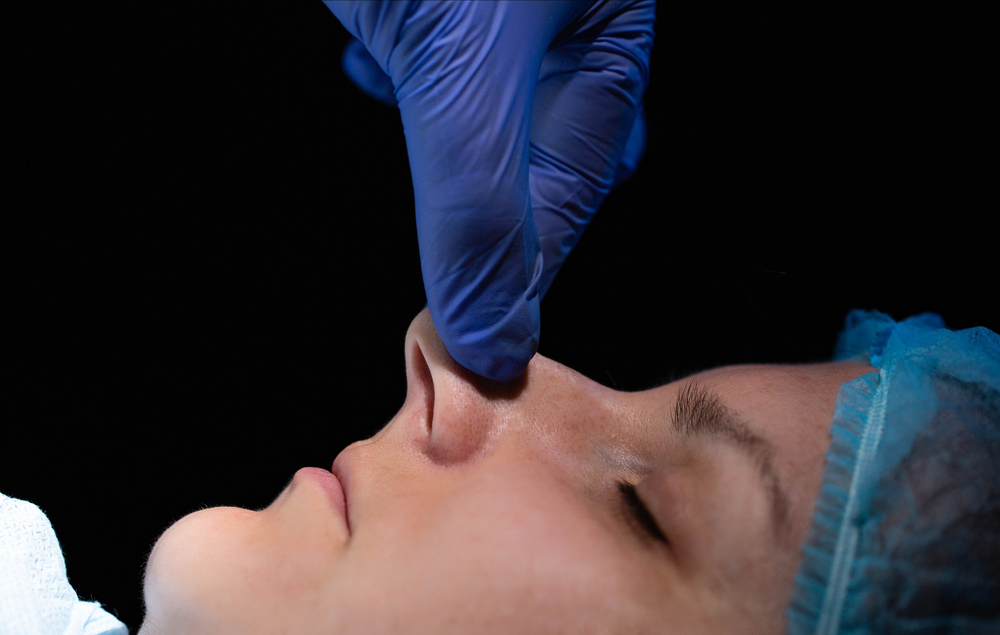Nasal septal perforation repair is needed when the nasal septum (consisting of cartilage and bone), which aids the nasal passages’ airflow, has been damaged. One type of septum injury is when a hole forms in it. This is called a “perforated septum.” It could generate a wide range of symptoms, from minor to severe.
The nasal septal perforation repair is helpful in fixing the hole that causes you symptoms. However, it could be a difficult surgery that only skilled doctors can do. Besides, this procedure needs general anesthesia and a one-night hospitalization for observation and recovery.
Furthermore, individuals who experience perforated septum may require to undergo nasal septal perforation repair if their condition does not respond to medications and home remedies.


